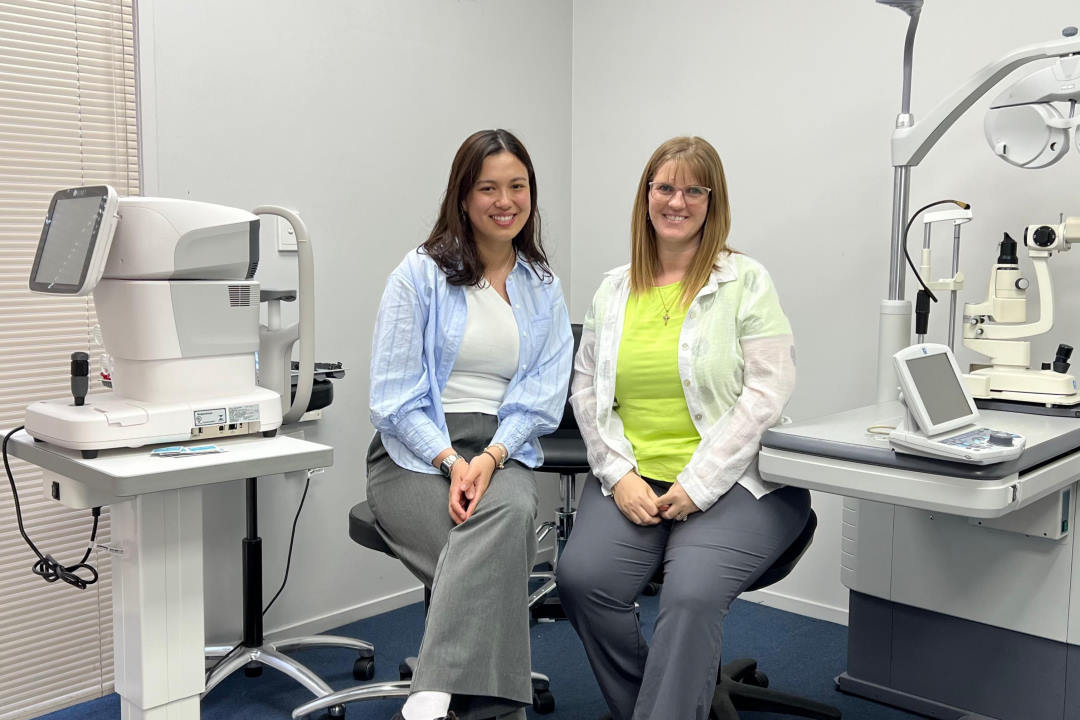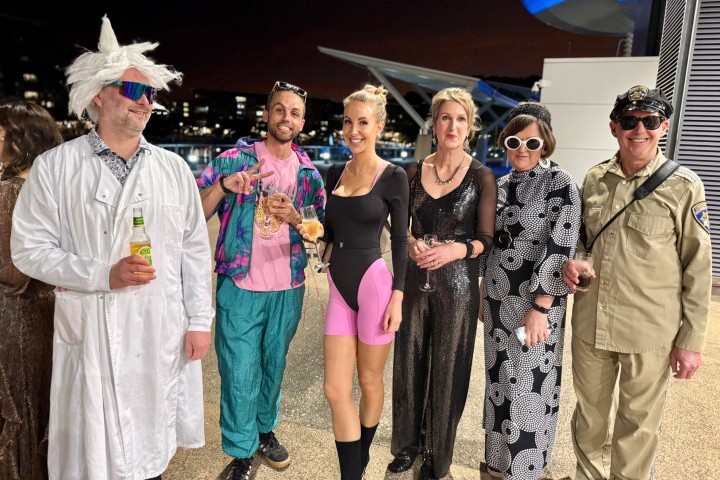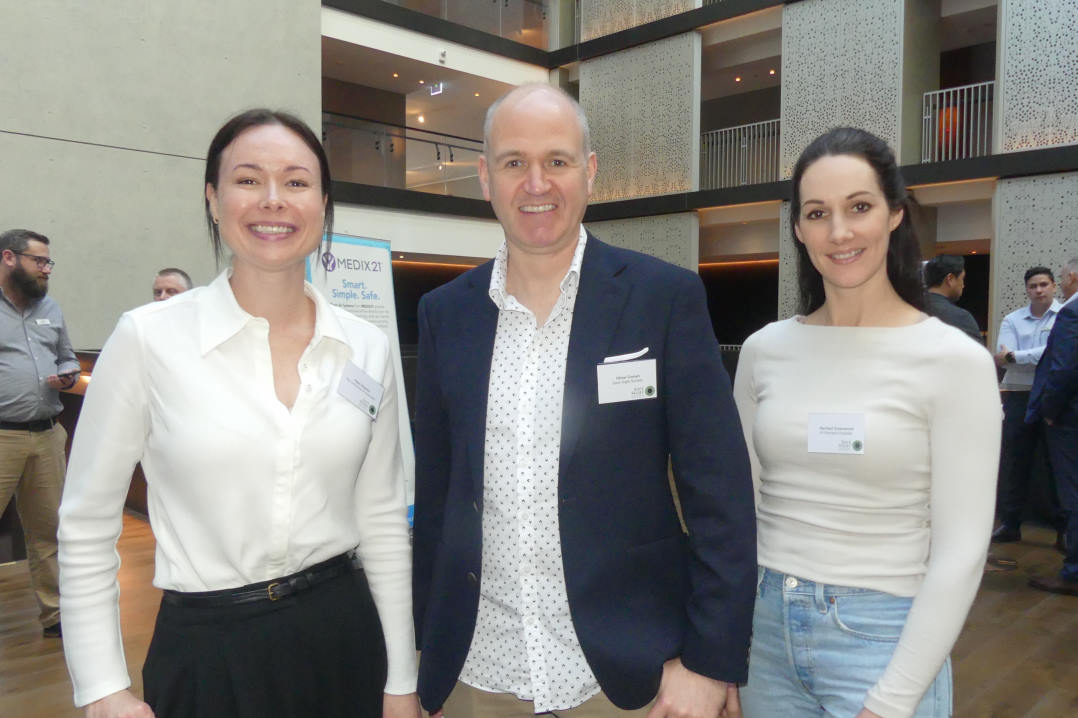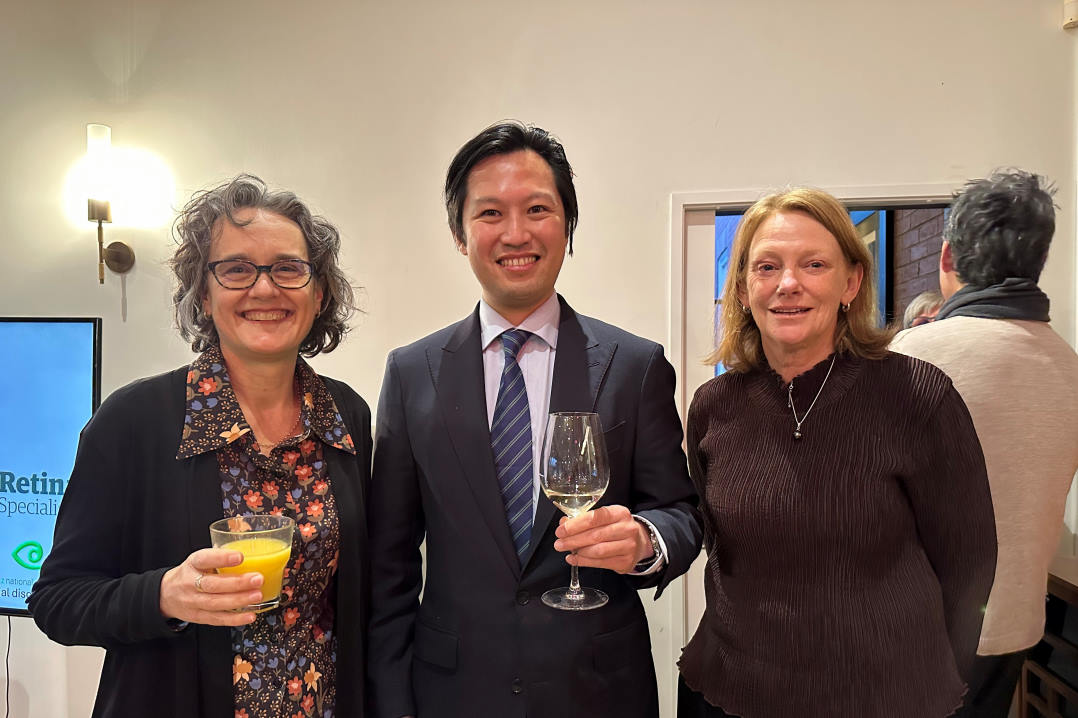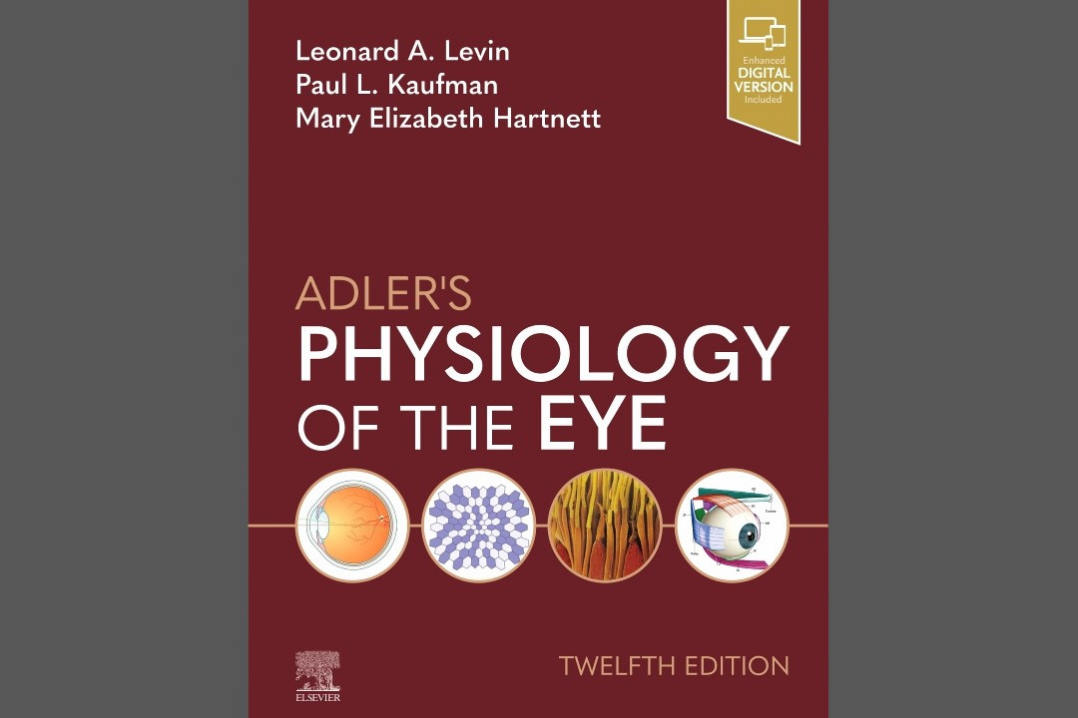Novel eye research centre breaks new ground
Hamilton optometrist Jagrut Lallu has established the New Zealand Eye Research Centre, a purpose-built facility set to fund researchers’ “passion projects” and accelerate the nation’s eyecare research.
Situated across the road from Lallu’s private optometry practice, Rose Optometry in Hamilton, the NZ Eye Research Centre is funded by Rose Optometry through commercial clinical trials and post-market product evaluations. To date, the centre has completed two trials, with one ongoing and three more in the pipeline, Lallu told NZ Optics. But what makes the model unique, he said, is that it’s rooted in philanthropy and a spirit of collaboration.
“So while we’re keen to hear from the industry to see how we can work to better their clinical trials, we also really want to hear from people who have research projects requiring funding or support. I want to be funding researchers with ophthalmology and optometry passion projects, plus PhD and master’s students. We don’t have to apply for grants and hang around for decisions – we can do what we want while supporting New Zealand’s universities to get more papers published.”
Lallu’s research centre also offers an extra advantage to institutions and companies conducting clinical trials: “Not only can we do the work, but we also work towards solving problems, especially those related to patient recruitment. For example, we have one clinical trial with a recruitment target of 40 people; we recruited 70 people in one month, which also helped out other international sites.” The recruitment speed is down to Rose’s well categorised database which is loyal and respondent, Lallu said.

Jagrut Lallu
Equipped for research on any eye-related topic, the centre represents a huge investment in equipment, some of which is only found in hospitals, he said. The list includes automated phoropters, a full-suite Heidelberg Spectralis, the Medmont Meridia for corneal topography, ESW’s E-Eye intense regulated pulsed light device, US National Eye Institute- and FDA-approved vision testing charts and the Good-Lite ESC 2000, the Tomey EM-4000 for specular microscopy, J&J’s LipiFlow thermal pulsation system for dry eye, Nidek’s Tonoref II autorefractor and AL-Scan, Zeiss IOLMaster, Haag-Streit Lenstar, plus visual field testing, full dry eye suite testing and slit-lamp biomicroscopy.
Great masterminds
Lallu credits the advice of University of Auckland senior researchers Professor Jennifer Craig, Dr John Phillips and Dr Andrew Collins, together with Professor James Armitage from Deakin University in Australia, Dr Dean Corbett from Auckland Eye and Hamilton-based Dr James McKelvie for the centre’s establishment. The credibility of the University of Auckland and Deakin University together with the advantage of rapid recruitment, is the key to the centre’s unique selling proposition, he said.
Assistant Professor Safal Khanal from the University of Alabama in Birmingham, US, was also a vital part of the project’s genesis, said Lallu. “He used to work in the University of Auckland Myopia Lab and he told me to call it the New Zealand Eye Research Centre and figured out a few things for us. The dream is that I can one day get enough funding to bring world-class researchers like him back to New Zealand, so they don’t have to wait for a university appointment – we’d just privately fund them.”
Although New Zealand already punches above its weight in terms of research, Lallu said it could do much more. “Let’s bring drug trials out of Australia and back to New Zealand. Our ethics process is faster. It’s easier. We’re built for it. We’ve invested in the resources, we’ve got the location and the manpower, now we just need more projects.”
This is a story of empowerment, said Lallu. “Look what optometrists can achieve. Now, talent within the country who might not otherwise get a shot, or talent we can attract from overseas, can do the research they want to do.”
For more information, email research@nzerc.com or visit nzerc.com.









